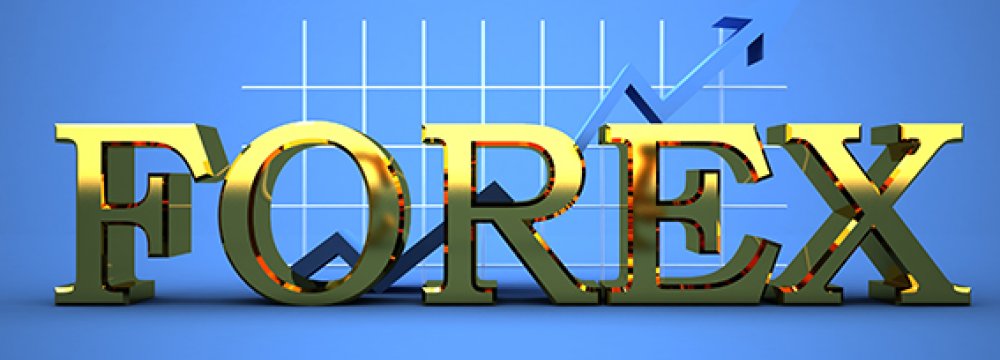Iran may replace its multiple exchange rate system with a unified one if economic conditions prove propitious, the economy minister said.
“Conditions for unifying foreign exchange rates should be met first so that this plan could be implemented,” Ali Tayebnia said on Tuesday, suggesting that the government is planning to do this as early as next fiscal year, starting March 21.
“A single exchange rate system will be possible only after financial markets witness relative calm,” Tayebnia said.
The Rouhani administration has been preparing in the past year to unify exchange rates. It first started with efforts to curb inflation. The governor of the Central Bank of Iran, Valiollah Seif, has also said that Iran needs economic stability before dealing with its exchange rate regime. To stabilize the market inflation must first come under control, he says.
President Hassan Rouhani on Sunday said his economic team has done what he described as “a miracle” to tame inflation. “We were able to reduce inflation from 40 percent to below 16 percent,” he told an economic forum in Tehran.
With the inflation rate hovering around 15-16 percent, officials hope they could soon introduce a unified exchange rate system. The rial is currently traded at two rates with one being decided by the CBI and the other set in the bureaux de change market. The market rate is subject to fluctuations almost on a daily basis. On Wednesday, the US dollar's official rate stood at 27,709 rials but it was trading around 34,410 rials in Tehran's market, showing an over 20 percent gap between the two rates.
Currencies with the official exchange rates are allocated via a forex trading center, for which the CBI has classified a long list of goods into categories with different priorities. At the top of the list are food and medicine, receiving foreign exchange at the official rate, followed by other categories with lower priorities, which are mostly intermediate goods used in industrial production. These categories may or may not be eligible to receive currency at official exchange rates, depending on CBI's level of currency reserves. Government finances are also calculated via these rates.
There is also the market rate which is managed by a network of bureaux de change, monitored closely by the CBI. Most of the country's currency is supplied via this network. All other forms of currency trade including online trading are currently outlawed.





